The ancient Celts revered the stag as a sacred symbol of the forest's untamed spirit, its antlers crowning it as the undisputed monarch of the wilderness. These branching crowns, more than mere bone, were seen as conduits between earth and sky, life and myth. To understand the Celtic veneration of antlers is to step into a world where nature and divinity intertwined—a world that still whispers to us through the rustling leaves of forgotten groves.
The Antlered One appears again and again in Celtic lore, a shapeshifting deity who moves between human and animal form. Cernunnos, the Horned God of Gaulish carvings, sits cross-legged with torcs dangling from his antlers—a lord of beasts and a giver of riches. In Irish tales, the warrior Fionn mac Cumhaill gains wisdom from a salmon, but it is the stag that often guides heroes through the trackless woods. These antlers weren’t just adornments; they were emblems of sovereignty, a visible sign of the wild’s approval.
Archaeology confirms what myth suggests. At the ritual site of Dürrnberg in Austria, priests once donned antler headdresses to channel the stag’s power during sacred rites. The famous Gundestrup Cauldron, that silvered puzzle-box of Celtic imagery, shows a figure some call Cernunnos holding a serpent in one hand and a torc in the other—his antlers bristling like oak branches. Even older are the petroglyphs of Val Camonica, where antlered beings dance across stone canvases from a time before written history.
Why antlers? Unlike horns, which are permanent, antlers shed and regrow in an eternal cycle of death and rebirth. This miraculous regeneration mirrored the Celts’ belief in the Otherworld—a realm where time flowed differently and gods walked alongside mortals. The stag’s annual loss of its crown only to grow a grander set spoke of resilience, of nature’s endless capacity for renewal. In a society that measured kingship by harmony with the land, no symbol could be more potent.
The forest itself was a cathedral to the Celts, and the stag its high priest. Oak groves sheltered rituals; mistletoe, that golden bough that grows between earth and sky, was cut with a sickle by white-robed druids. The antler’s branching form echoed the dendritic spread of tree limbs against the sky—a fractal pattern repeating from the smallest twig to the grandest hart’s crown. To wear antlers was to claim kinship with this green lattice of life.
Modern seekers still feel the pull of these ancient symbols. Neo-pagan traditions have resurrected the Horned God in their rites, while conservationists use the stag as an emblem for wilderness preservation. There’s something primal in our response to a stag’s challenge—the thunder of hooves, the clatter of antlers in rutting season. It bypasses reason and strikes straight at the oldest parts of our psyche. The Celts would have understood this immediacy; their religion was one of visceral connection, not abstract theology.
Science now reveals what intuition long suggested: deer antlers are among the fastest-growing tissues in nature, rich with stem cells that could hold medical promise. The genetic dance that allows a stag to regrow its crown each year is being decoded in labs, but the wonder remains. The Celts saw divinity in this process; we see biology. Yet both perspectives point to the same truth—that the antler is a marvel, whether framed as magic or as natural miracle.
Next time you see a deer—whether in a sun-dappled forest or the pixelated glow of a nature documentary—pause. Consider that for millennia, humans looked upon those antlers and saw more than bone. They saw a bridge between worlds, a living emblem of nature’s cyclical wisdom. The stag’s crown is older than kingdoms, venerated before cathedrals rose. It reminds us that true power comes not from dominion over nature, but from communion with it.

By /Jul 7, 2025
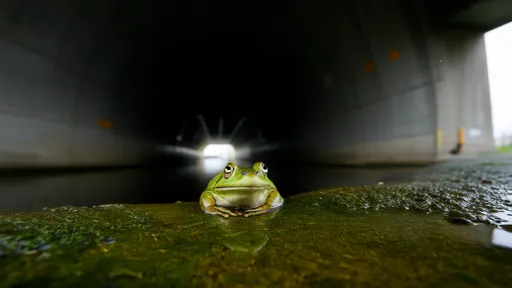
By /Jul 7, 2025

By /Jul 7, 2025
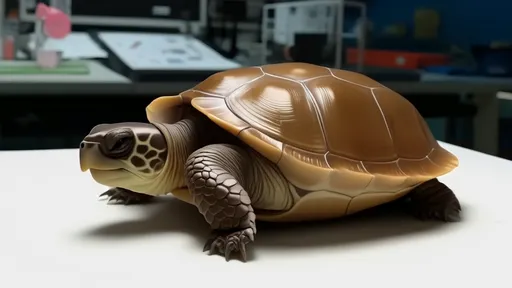
By /Jul 7, 2025
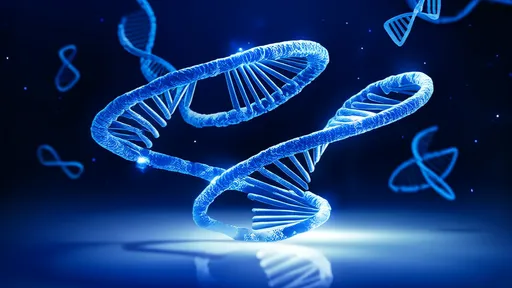
By /Jul 7, 2025

By /Jul 7, 2025

By /Jul 7, 2025

By /Jul 7, 2025
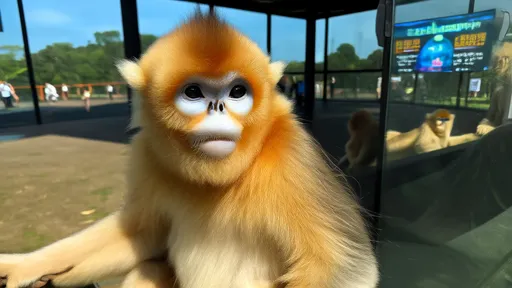
By /Jul 7, 2025
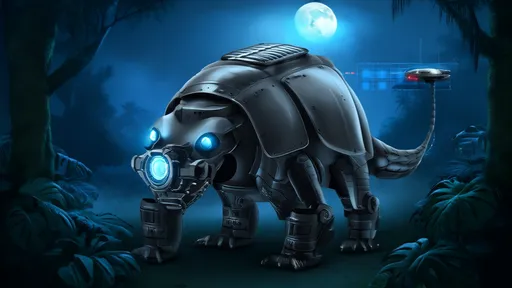
By /Jul 7, 2025

By /Jul 7, 2025
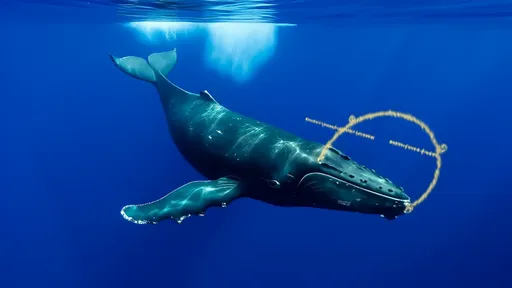
By /Jul 7, 2025

By /Jul 7, 2025
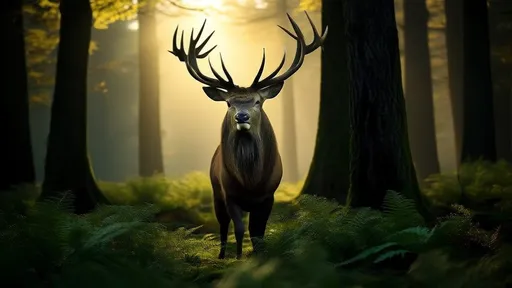
By /Jul 7, 2025
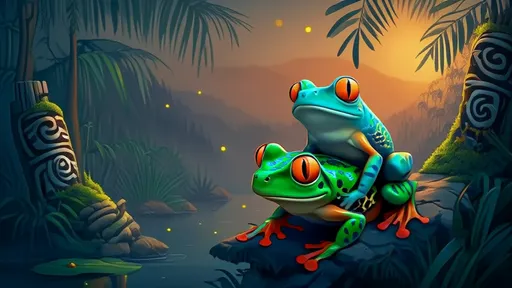
By /Jul 7, 2025
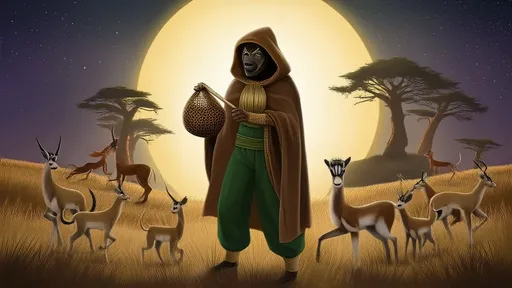
By /Jul 7, 2025
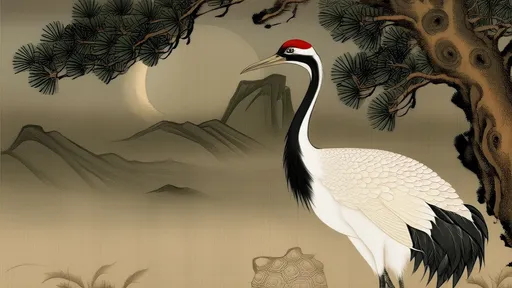
By /Jul 7, 2025
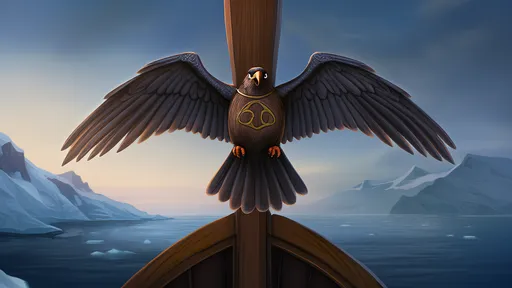
By /Jul 7, 2025